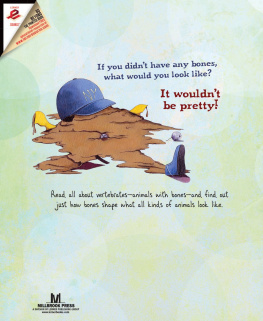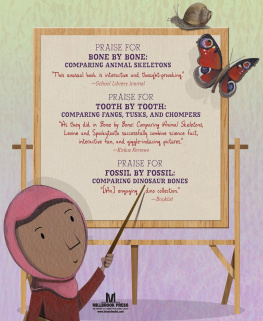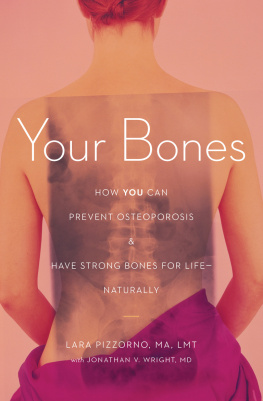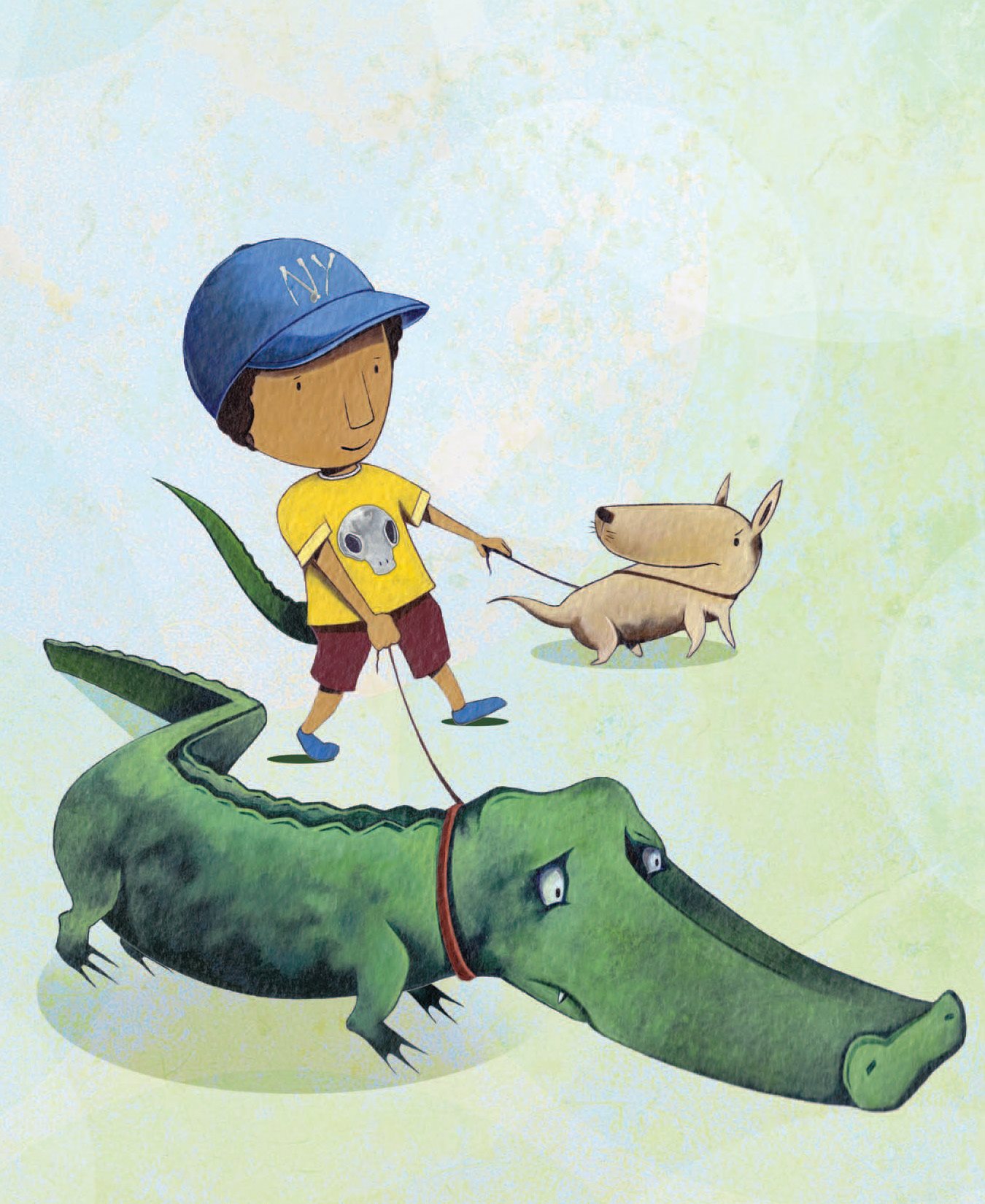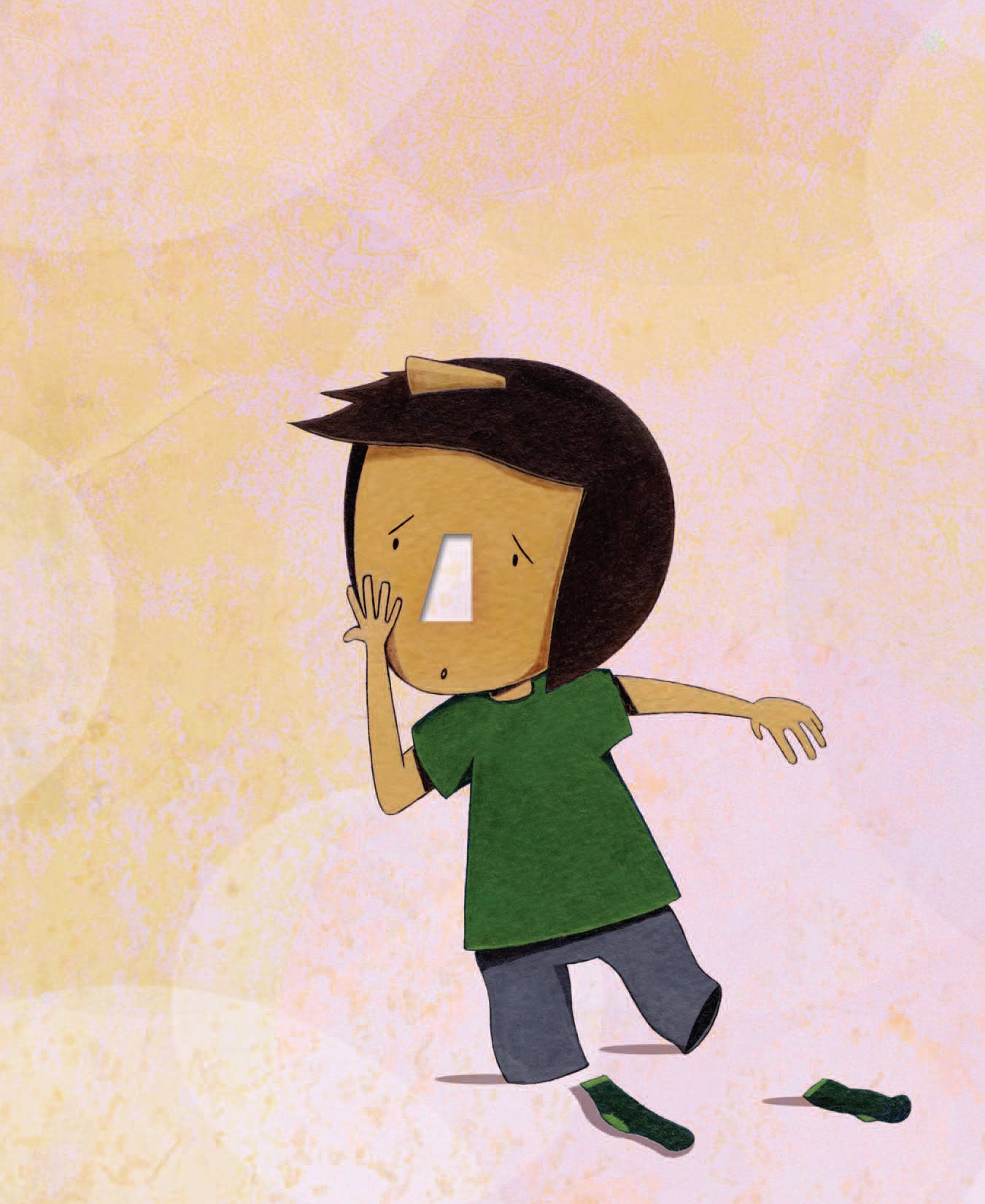Sara Levine - Bone by Bone: Comparing Animal Skeletons
Here you can read online Sara Levine - Bone by Bone: Comparing Animal Skeletons full text of the book (entire story) in english for free. Download pdf and epub, get meaning, cover and reviews about this ebook. year: 2022, publisher: Lerner Publishing Group, genre: Detective and thriller. Description of the work, (preface) as well as reviews are available. Best literature library LitArk.com created for fans of good reading and offers a wide selection of genres:
Romance novel
Science fiction
Adventure
Detective
Science
History
Home and family
Prose
Art
Politics
Computer
Non-fiction
Religion
Business
Children
Humor
Choose a favorite category and find really read worthwhile books. Enjoy immersion in the world of imagination, feel the emotions of the characters or learn something new for yourself, make an fascinating discovery.
- Book:Bone by Bone: Comparing Animal Skeletons
- Author:
- Publisher:Lerner Publishing Group
- Genre:
- Year:2022
- Rating:5 / 5
- Favourites:Add to favourites
- Your mark:
Bone by Bone: Comparing Animal Skeletons: summary, description and annotation
We offer to read an annotation, description, summary or preface (depends on what the author of the book "Bone by Bone: Comparing Animal Skeletons" wrote himself). If you haven't found the necessary information about the book — write in the comments, we will try to find it.
What would you be if your finger bones grew so long that they reached your feet? Youd be a bat!
What if you had no leg bones but kept your arm bones? Youd be a whale, a dolphin, or a porpoise!
This entertaining picture book will keep readers guessing as they learn about how our skeletons are like-and unlike-those of other animals.
Ive been longing for another kind of picture book: one that appeals to young childrens wildest imagination in service of real evolutionary thinking....Bone by Bone, by veterinarian and professor Sara Levine, fills the niche to near perfection. -Slate
engaging and delightfully-illustrated book-The Guardian
In some of the best childrens books, dandelions turn into stars, sharks and radishes merge, and pancakes fall from the sky. No one would confuse these magical tales for descriptions of nature. Small children can differentiate between the real world and the imaginary world, as psychologist Alison Gopnik has written. They just dont see any particular reason for preferring to live in the real one.
Childrens nuanced understanding of the not-real surely extends to the towering heap of books that feature dinosaurs as playmates who fill buckets of sand or bake chocolate-chip cookies. The imaginative play of these books may be no different to kids than radishsharks and llama dramas.
But as a parent, friendly dinos never steal my heart. I associate them, just a little, with old creationist images of animals frolicking near the Garden of Eden, which carried the message that dinosaurs and man, both created by God on the sixth day, co-existed on the Earth until after the flood. (Never mind the evidence that dinosaurs went extinct millions of years before humans appeared.) The founder of the Creation Museum in Kentucky calls dinosaurs missionary lizards, and that phrase echoes in my head when I see all those goofy illustrations of dinosaurs in sunglasses and hats.
Ive been longing for another kind of picture book: one that appeals to young childrens wildest imagination in service of real evolutionary thinking. Such a book could certainly include dinosaur skeletons or fossils. But Bone by Bone, by veterinarian and professor Sara Levine, fills the niche to near perfection by relying on dogs, rabbits, bats, whales, and humans. Levine plays with differences in their skeletons to groom kids for grand scientific concepts.
Bone by Bone asks kids to imagine what their bodies would look like if they had different configurations of bones, like extra vertebrae, longer limbs, or fewer fingers. What if your vertebrae didnt stop at your rear end? What if they kept going? Levine writes, as a boy peers over his shoulder at the spinal column. Youd have a tail!
What kind of animal would you be if your leg bones were much, much longer than your arm bones? she wonders, as a girl in pink sneakers rises so tall her face disappears from the page. A rabbit or a kangaroo! she says, later adding a pike and a hare. These animals need strong hind leg bones for jumping. Levines questions and answers are delightfully simple for the scientific heft they carry.
With the lightest possible touch, Levine introduces the idea that bones in different vertebrates are related and that they morph over time. She starts with vertebrae, skulls and ribs. But other structures bear strong kinships in these animals, too. The bone in the center of a horses hoof, for instance, is related to a human finger. (What would happen if your middle fingers and the middle toes were so thick that they supported your whole body?) The bones that radiate out through a bats wing are linked to those in a human hand. (A web of skin connects the bones to make wings so that a bat can fly.) This is different from the wings of a bird or an insect; with bats, its
Sara Levine: author's other books
Who wrote Bone by Bone: Comparing Animal Skeletons? Find out the surname, the name of the author of the book and a list of all author's works by series.

